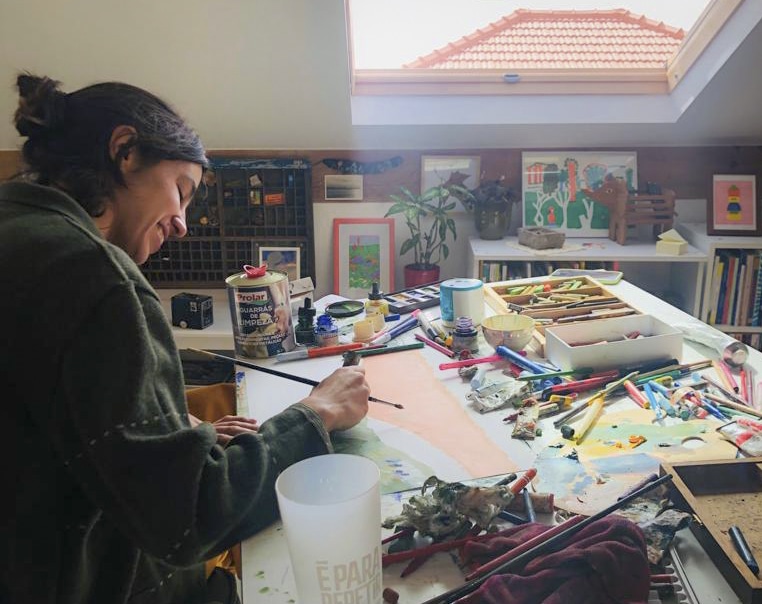RED
WHITE
BLUE
The colors of power for the United States. 🇺🇸
The nested crosses of the United Kingdom.🇬🇧
But while Americans and Brits may tend to think of the colors as “theirs”, in fact, there is only one nation-state that uses neither red, white nor blue in its flag.
That said, there is something almost unnervingly obsessive about US political campaigns and their reliance on this traditional palette.
But after decades of repetition, this US election season has seen the highest percentage of non-RWB branding since the heady days of 1984. Colors are making a comeback.
This is the starting point of a fascinating visual essay from The Pudding, who looked at hundreds of campaign color choices over a span of 50 years – exploring the idea that it may be the diversity of the candidate field which is encouraging a diversity of design.
Old white men run for office. Let’s face it, any other sort of running is probably a bad idea for them. HAH! But really, old white men just love running for office. And, it turns out, they love the solidity and dependability conjured up by traditional design choices of red, white, and blue.
So boring (and infuriating) on SO MANY LEVELS.
But now we are seeing a new generation of candidates. We are seeing a crowd looking to distinguish themselves in every way from the old way of doing politics. AOC’s 2018 purple and gold campaign branding is one example that heralded the trend.
The 2020 Democratic field is the most diverse ever, CNN reports. And, interestingly 40 percent of all minority candidates – and 62 percent of women candidates – used non-RWB color schemes in their campaign materials, according to The Pudding’s study. Just 21 percent of white male candidates opted for a non-RWB scheme.
Of course, Barack Obama played it safe with a corporate-feel RWB palette. But something appears to have happened in the past few years at the intersection of race, gender, and visual storytelling which has expanded the design space and opened the window to a more colorful campaign.
The Pudding quotes Ashleigh Axios, former Obama White House creative director:
I believe we’re finally beginning to enter an era where candidates aren’t feeling as compelled to amplify their sense of credibility and suitability for such a high office by matching their look to their understanding of the office’s historical look. Instead, they’re making space in their visual identities for themselves, owning and signifying that the White House is only as good as the people who occupy it.
Go and check out the essay and their findings at The Pudding, and tweet me @TaraTW to let me know what you think. What is it that’s changed? Whose design choices do you really appreciate, and why? And the first person to tweet me with the country that has a totally non-RWB flag gets… I don’t know, a retweet, probably.
Stay colorful!



